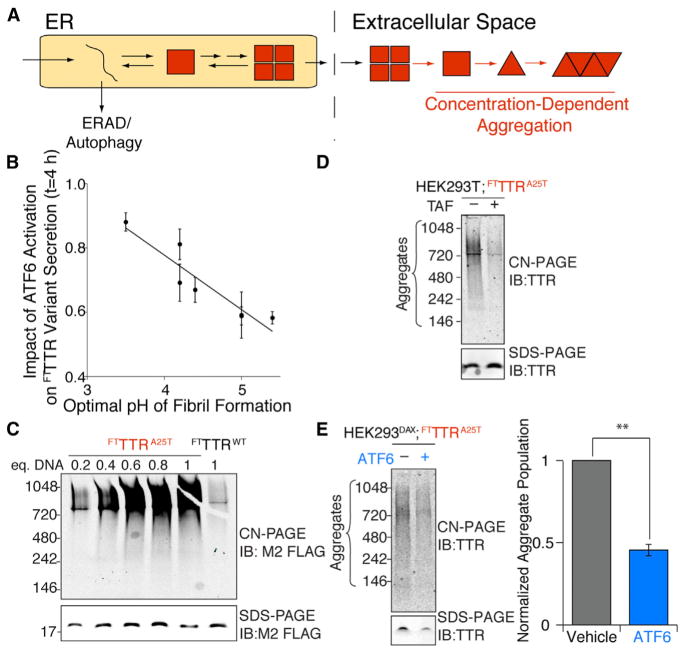Figure 6. ATF6 Activation Attenuates the Extracellular Concentration of Soluble FTTTR Aggregates in Conditioned Media.
(A) Illustration showing that the partitioning of destabilized TTRs between degradation and secretion in the ER impacts the extracellular concentration of aggregation-prone protein available for concentration-dependent aggregation into proteotoxic soluble aggregates.
(B) Plot comparing the impact of ATF6 activation on FTTTR variant fraction secreted to the optimal pH for TTR variant fibril formation determined in (Sekijima et al., 2005) and shown in Table S1.
(C) CN-PAGE/immunoblot (IB) of media conditioned for 24 hr on HEK293T cells overexpressing FTTTRWT or FTTTRA25T following transfection with the indicated equivalents of plasmid DNA. An SDS-PAGE/IB of identical samples is shown as a control for total FTTTR levels in the conditioned media for each treatment.
(D) CN-PAGE/IB of media conditioned for 24 hr on HEK293DAX cells transfected with one equivalent of FTTTRA25T and treated with vehicle or 10 μM Taf during conditioning, as indicated. An SDS-PAGE/ IB of identical samples is shown as a control for total FTTTR levels in the conditioned media for each treatment.
(E) Representative CN-PAGE/IB and quantification of FTTTRA25T soluble aggregates in media conditioned for 24 hr on HEK293DAX cells transfected with one equivalent of FTTTRA25T in the absence or presence of ATF6 activation (TMP; 10 μM) as indicated. An SDS-PAGE/IB of identical samples is shown as a control for total FTTTR levels in the conditioned media for each treatment. Error bars represent SEM for n = 3.
**p < 0.01

